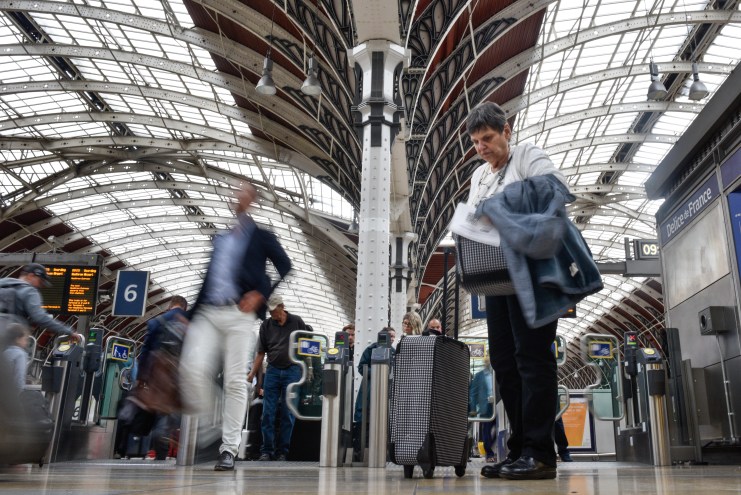DEBATE: In the midst of commuter outrage over fare hikes, is rail nationalisation the answer?

In the midst of commuter outrage over fare hikes, is rail nationalisation the answer?
Cat Hobbs, director of We Own It, says YES.
Another year, another eye-watering rail fare hike, with the annual cost of getting to work likely to rise by over £100 for many commuters. And it’s no wonder passengers are angry. We’re being ripped off for the luxury of travelling on packed, delayed trains – if they even turn up at all.
It’s not rocket science to figure out what’s broken. Private companies have been paying out millions to shareholders while rail fares have risen twice as fast as wages.
But it doesn’t have to be like this. According to a Transport for Quality of Life report, if the railway was in public ownership, we’d save around £1.2bn of public funds a year, which could be ploughed into fare reductions, increased capacity, or proper investment.
We’ve seen with the East Coast Main Line that publicly owned rail is far more effective. That’s why 76 per cent of people support it.
And in the context of climate crisis, we need a railway fit for the twenty-first century to take cars off the road and planes out of the sky. Privatisation can’t deliver that – only public ownership can.
Matthew Lesh, head of research at the Adam Smith Institute, says NO.
Rail nationalisation should be kept where it belongs: in the dustbin of history. It was an absolute disaster: passenger journeys declined from one billion to 750m under nationalisation between 1948 and 1995.
Since privatisation, they have more than doubled to 1.76bn. Trains are newer and faster. Billions have been spent upgrading infrastructure. Train companies have innovated, adopting new technologies like wifi and online ticket purchases.
The monopoly franchise system is not perfect, and means that most train companies will increase their fares by the maximum allowed (2.8 per cent next year following the RPI inflation rate) without consequence. We should therefore allow rail companies to compete on the same line (running trains at different times), in a system of open access.
Competition, unlike monopoly public or private ownership, drives down prices and pushes up quality. An Adam Smith Institute report found that where open access currently exists, fares are up to 55 per cent cheaper and have the highest passenger satisfaction rates.
There are smarter solutions than a clumsy, bureaucratic, and stagnant nationalised railway system.
Main image credit: Getty